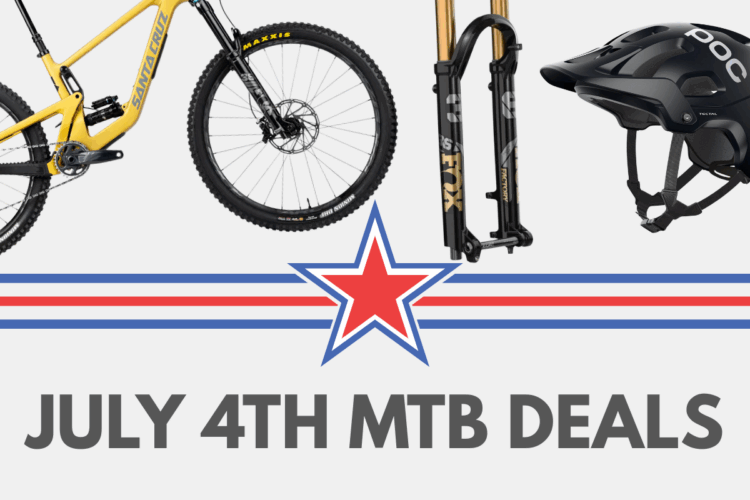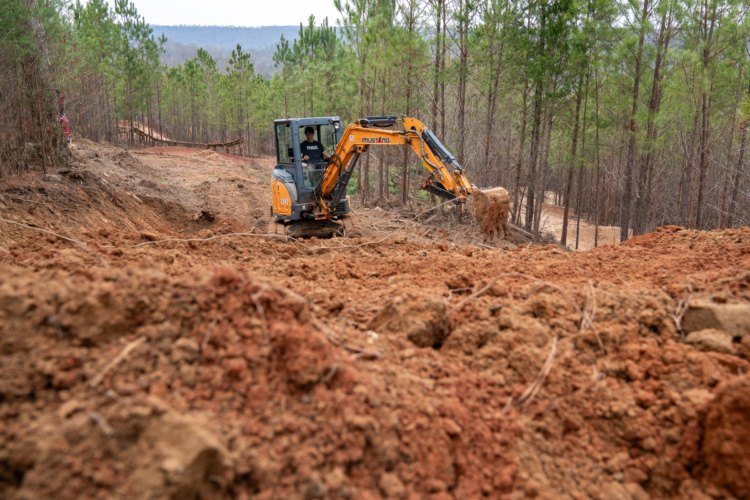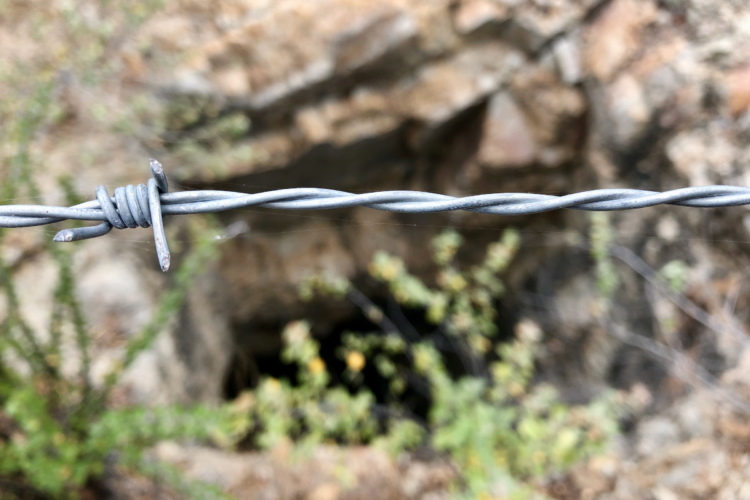I just received two very cool products to test and review: the 2011 Fox F29 Terralogic fork and a WTB LaserDisc Trail 29 wheelset. In this post I’ll go over the technical nitty gritty of the products and what they promise to do. There is a lot of technology and engineering in both the wheels and fork, so I’m just going to cover the basics. After I have some time to thrash ride them,I’ll let you know if they deliver on those promises or not. Okay, let’s get on with it!
Fox Racing Shox F29 Terralogic Fork
SPECS
Travel: 100mm (also available in an 80mm)
Dropout: 15QR (standard 9mm option also available; only the 100mm version has the 15QR option)
Steerer: Straight 1-1/8″
Weight: 1.88kg (uncut steerer, includes axle, brake hose guide, and star nut)
Damper: FIT
Other: Terralogic option; Kashima coated stanchions; adjustable rebound
MSRP: About $850-$910depending on options
What does all that mean? Let’s start with the FIT damper. FIT is an acronym for Fox Isolated Technology. It’s a cartridge style damper, meaning the oil is sealed inside a bladder, not free to move around inside the fork leg like an open bath damper. The FIT damper uses less oil and is lighter and eliminates aeration (air bubbles in the oil). All of this should mean a fork that works consistently even when it gets hot toward the bottom of a long gnarly downhill.
That gold Kashima coating on the stanchions is about a lot more than pretty looks. It’s a Fox-exclusive coating that, compared to standard hard-anodized stanchions, is not only harder for more durability and scratch resistance, but also much smoother, for less friction. There is some variation to the color of the coating, so any two forks may have different looks, and in fact the color can varyfrom one fork leg to another. This coating is only available on aftermarket forks.
The 15QR thru-axle has been improved for 2011 over previous versions. It’s now 21g lighter with no decrease in stiffness. Compared to the standard 9mm QR axle, the 15QRthru-axle gives a much stiffer connection between fork legs, minimizing flex and improving steering precision. Of course a thru-axle hub is required and these days many hub manufacturers sell thru-axle conversion kits so getting a new fork doesn’t necessarily mean needing a new front hub. This will be my first experience with a thru-axle and I’m looking forward to seeing the difference for myself.
Now, lets talk about the main reason I’m excited about trying this fork: Terralogic. Terralogic promises to give you the best qualities of both a rigid and suspension fork. It allows you to set the fork so it stays rigid when subject to slow, or small, forces, but when the force exceeds a certain threshold the fork acts like a normal suspension fork, soaking up the bumps to let you ride faster and maintain traction. That threshold is adjustable, with 15 different settings to choose from, and is intended to be a set-it-and-forget-it affair.
How does that translate to trail riding? In theory, I should be able to get out of the saddle on climbs and hammer uphill while the fork stays locked out to give me maximum efficiency. And when I start down the hill the fork will soak up whatever the trail throws at it. And best of all – I won’t have to flip any levers or turn any dials while riding. Just pedal and steer.
Once I put some miles on the fork I’ll let you know if it actually works as advertised and is worth the lofty price tag. In the meantime, head over to the Fox website if you want more details on the fork.
WTB LaserDisc Trail 29 Wheels
SPECS
Front Hub: LaserDisc Lite, 15QR (9mm QR also available)
Rear Hub: LaserDisc Lite (single speed specific also available)
Rims: LaserDisc Trail 29er
Spokes: Butted 14/15 Gauge, Black
Rims: Alloy, Black
Weight: Front – 970g; Rear – 1130g* (including quick release)
MSRP: Front – $280; Rear – $400
The LaserDisc Trail 29wheelset is WTB’sall around trail bike29er wheelset. WTB positions this wheelset as light enough for cross country racing but strong enough to stand up to aggressive trail riding. To me the build seems to focus a little more on strength and stiffness than it does low weight. The wheels have a very nice all black color scheme (other than the sticker pictured above); nice and low key, which I like.
The hubs are WTB’s own design and they keep the weight downwith an aluminum shell, freehub body, and axles. The bearings are stainless steel and the freehub features six dual-sided pawls for 12pointsof engagement. A singlespeed-specific rear wheel/hub is available, as is a standard quick release front wheel/hub. The wheels are not designed for tubeless use.
The rims are WTB’s popular LaserDisc Trail 29er rims. The 27mm width is on the wide side for typical XC use, and should work nicely with wider tires. The rims are 32 hole, and do have eyelets. The eyelets add some weight but should allow for higher spoke tension and a stiffer wheel build. The rims also feature WTB’s patented I-Beam and Unbendium Bulge shapes, both of which increase strength and stiffness without adding excessive weight.
The spokes are, surprise, also WTB’s own design. They are double butted to keep weight down, but are a little different from most spokes. Most double butted spokes are 2.0mm at the J-bend and nipple where strength is needed most, and only 1.8mm in the middle. But WTB’s spokes are 2.5mm at the J-bend to increase strength over a standard spoke. The nipples are an aluminum alloy instead of brass to keep weight down.
I’m looking forward to trying these wheels since they’re pretty different from the wheelset I’ve been riding for the last year. The WTB’s are heavier, but they have a wider rim and should be much stronger and stiffer. But they are not tubeless ready, which is already a strike against them in my opinion. I’ll ride them with tubes, and will probably try and convert them to tubeless as well. I’ll let you know how it works!
Check out WTB’s website for more details.
*Note – On the WTB website the rear wheel weight is listed as 970g, which I think must by a typo, accidentally carried over from the front wheel specs. The weight listed above (1130g) is what my wheel weighed on my Feedback Sports Alpine Digital Scale. The front wheel matched the claimed weight exactly.
I would like to thank Fox and WTB for providing these products for review.
























4 Comments
Mar 7, 2011
Mar 4, 2011
My bike came with the Laserdisc Trail 29 rims and Redline hubs and stainless spokes. I actually tweaked the rear rim during a fall during the Sumter Metric Century but I haven't ridden it much since having the wheel repaired. Definitely a pretty solid rim.
Mar 7, 2017
Jun 29, 2011